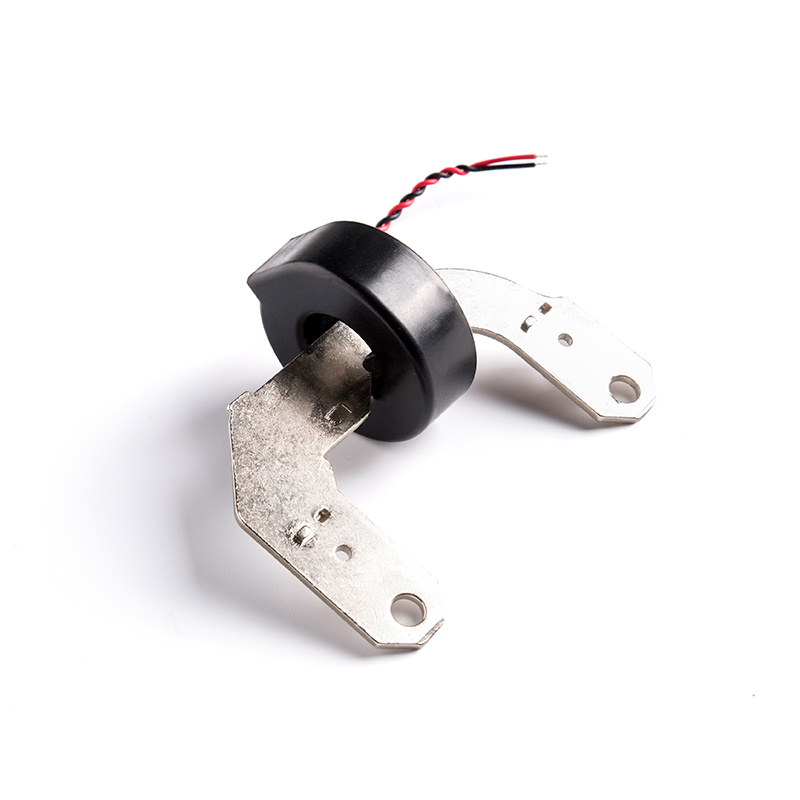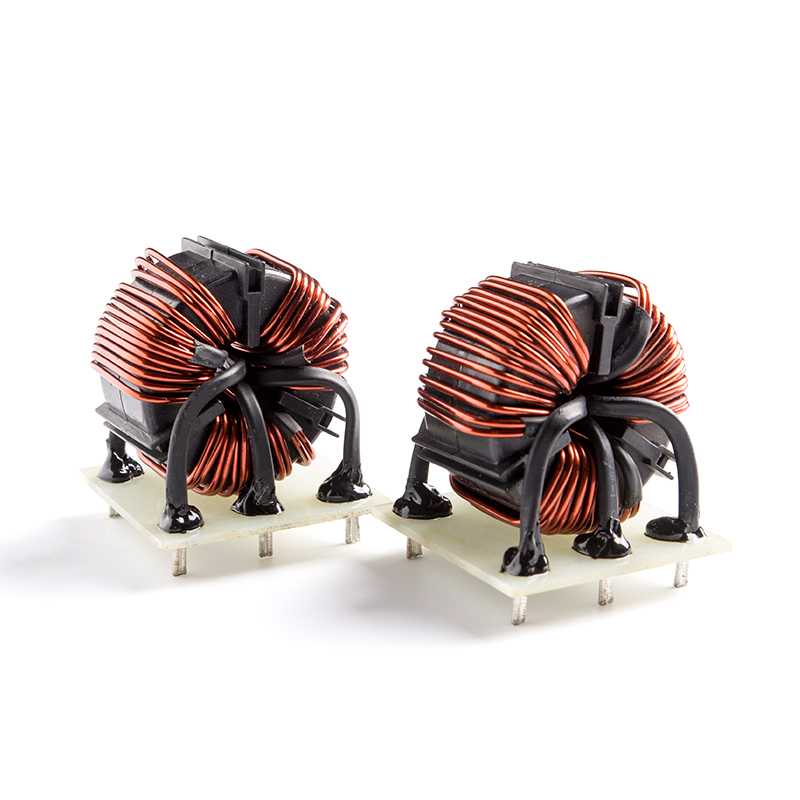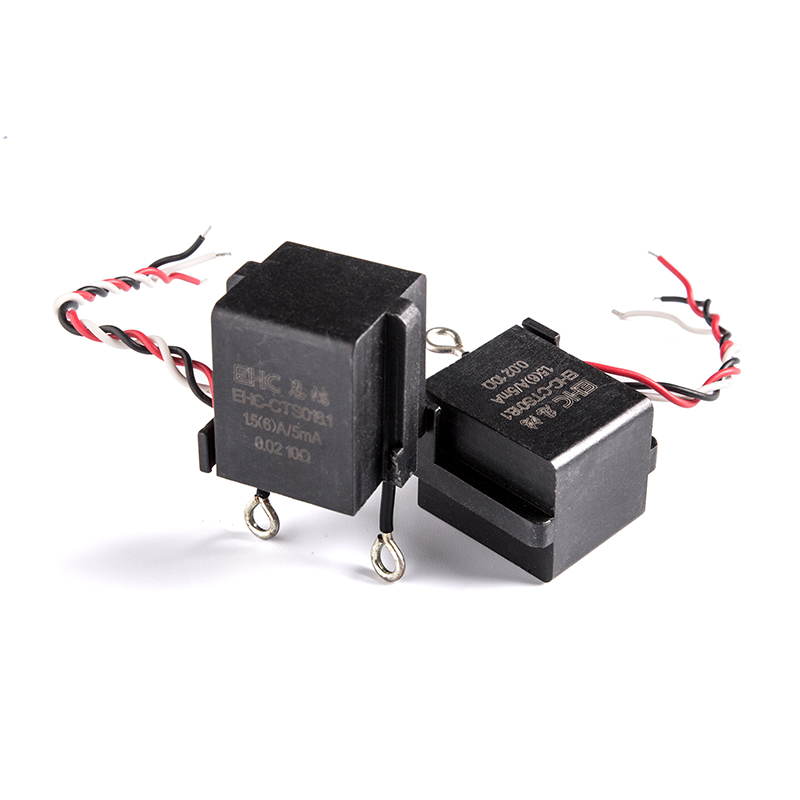In the intricate world of electronic circuits, the incorporation of magnetic cores, particularly ferrite cores, emerges as a strategic choice, offering a myriad of advantages that contribute to enhanced performance and efficiency. Let's delve into the key benefits:
1. Inductance Control:
Magnetic cores empower engineers with the ability to precisely control inductance in electronic circuits. Through careful selection of core material, shape, and size, the inductance characteristics can be tailored to meet specific circuit requirements. This flexibility proves invaluable for applications where fine-tuning frequency response and impedance matching are paramount.
2. EMI Suppression:
The presence of magnetic cores in electronic circuits serves as a powerful tool for mitigating electromagnetic interference (EMI). Unwanted electromagnetic radiation is effectively suppressed, leading to improved circuit performance and a reduction in interference with neighboring electronic devices. This becomes particularly crucial in environments where multiple electronic systems coexist.
3. Energy Storage:
Magnetic cores, especially those integral to transformers and inductors, facilitate efficient energy storage and transfer within electronic circuits. Their role in voltage regulation, power conversion, and signal conditioning contributes significantly to the overall efficiency and stability of electronic systems. This capability is fundamental in diverse applications, ranging from power supplies to communication devices.
4. Size and Weight Reduction:
In the pursuit of compact and lightweight electronic designs, magnetic cores shine. In comparison to air-core inductors, the utilization of magnetic cores allows for the creation of smaller and lighter inductive components without compromising performance. This advantage proves critical in applications where space and weight constraints dictate design choices, such as in portable electronic devices and aerospace systems.
5. Improved Circuit Efficiency:
Magnetic cores elevate circuit efficiency in transformers and inductors, pushing the boundaries of power conversion and signal processing. Their incorporation minimizes core losses, enhances magnetic coupling, and mitigates eddy current losses. The result is a more efficient overall circuit performance, a crucial consideration in applications where power consumption and energy efficiency are paramount.
6. Thermal Stability:
Ensuring stability across varying operating temperatures and environmental conditions is a hallmark of magnetic cores. They provide a reliable platform for inductive components, contributing to the thermal stability of electronic circuits. This reliability is vital for applications where maintaining consistent performance under diverse conditions is imperative.
7. Frequency Response:
Engineers can engineer magnetic cores to exhibit specific frequency response characteristics, catering to applications demanding precise control over resonance, bandwidth, and filtering in electronic circuits. This adaptability renders them versatile components in applications such as telecommunications and signal processing.

 English
English 中文简体
中文简体 Deutsch
Deutsch 日本語
日本語

 View More >>
View More >> View More >>
View More >> View More >>
View More >> View More >>
View More >> View More >>
View More >> View More >>
View More >> View More >>
View More >> View More >>
View More >>